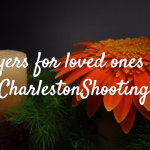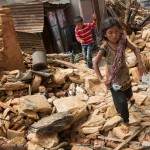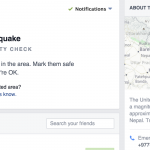Today, I continue my 100 day series remembering the twentieth anniversary of Rwandan genocide. Please join me in prayer for those lives lost and impacted in this tragedy. #NeverAgain. LMH
 At her blog yesterday, my fellow Catholic Patheos writer Leah Libresco offered a two part lesson on the importance of forgiveness, including a look at The New York Times Magazine’s “Portraits of Reconciliation”. A portion of the article included a telling statement on the varying levels of reconciliation:
At her blog yesterday, my fellow Catholic Patheos writer Leah Libresco offered a two part lesson on the importance of forgiveness, including a look at The New York Times Magazine’s “Portraits of Reconciliation”. A portion of the article included a telling statement on the varying levels of reconciliation:
At the photo shoots, Hugo said, the relationships between the victims and the perpetrators varied widely. Some pairs showed up and sat easily together, chatting about village gossip. Others arrived willing to be photographed but unable to go much further. “There’s clearly different degrees of forgiveness,” Hugo said. “In the photographs, the distance or closeness you see is pretty accurate.”
In interviews conducted by AMI and Creative Court for the project, the subjects spoke of the pardoning process as an important step toward improving their lives. “These people can’t go anywhere else — they have to make peace,” Hugo explained. “Forgiveness is not born out of some airy-fairy sense of benevolence. It’s more out of a survival instinct.” Yet the practical necessity of reconciliation does not detract from the emotional strength required of these Rwandans to forge it — or to be photographed, for that matter, side by side.
I encourage you to read both Leah’s article and the The New York Times Magazine’s “Portraits of Reconciliation” piece. I can say that I agree 100% with Leah’s closing paragraph.











